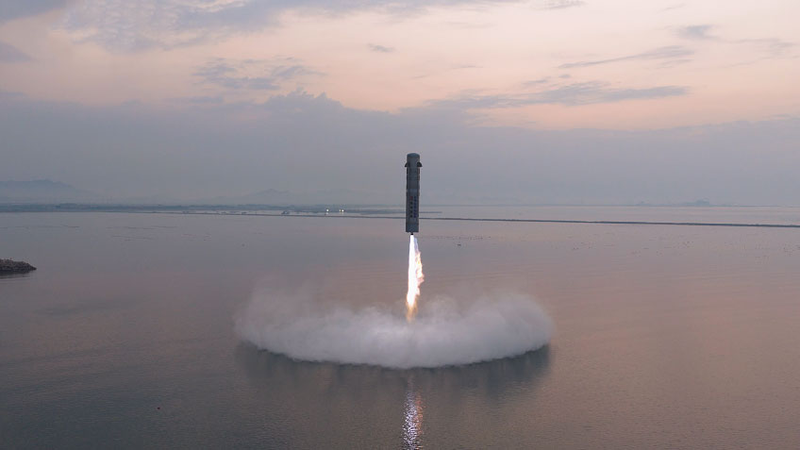In a significant step towards combating climate change, a coalition backed by philanthropists, including former New York mayor Mike Bloomberg, successfully launched its first satellite on Friday to monitor methane leaks from space.
The Carbon Mapper Coalition, utilizing NASA-developed technology, aims to track methane emissions from critical sources like oil refineries and landfills. The satellite, named Tanager-1, was launched aboard the SpaceX Transporter-11 Rideshare mission from California's Vandenberg Space Force Base. This innovative approach provides real-time data through a public online portal, enhancing transparency and accountability.
Established in 2021, the Carbon Mapper Coalition brings together NASA's Jet Propulsion Laboratory, satellite firm Planet Labs, RMI, and Arizona State University. Financial backing comes from prominent foundations such as Bloomberg Philanthropies and the High Tide Foundation. The coalition has ambitious plans to deploy additional satellites, targeting the monitoring of up to 90 percent of the world's large methane emissions daily.
Methane is over 80 times more potent than carbon dioxide in its first 20 years in the atmosphere, making it a significant driver of climate change. Identifying \"super-emitters\"—sources that release more than 100 kilograms of methane per hour—is crucial for reducing emissions and mitigating the severe impacts of global warming. Riley Duren, Chief Executive of Carbon Mapper, emphasized the importance of this initiative in the fight against climate change.
The launch of Tanager-1 marks a pivotal moment in environmental monitoring, leveraging cutting-edge technology to provide actionable data. As the coalition continues to expand its satellite network, the global community can expect enhanced efforts in tracking and reducing methane emissions, paving the way for a more sustainable future.
Reference(s):
Bloomberg, NASA coalition launches its first methane-hunting satellite
cgtn.com




